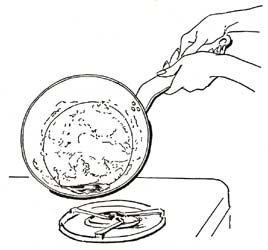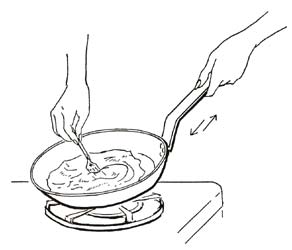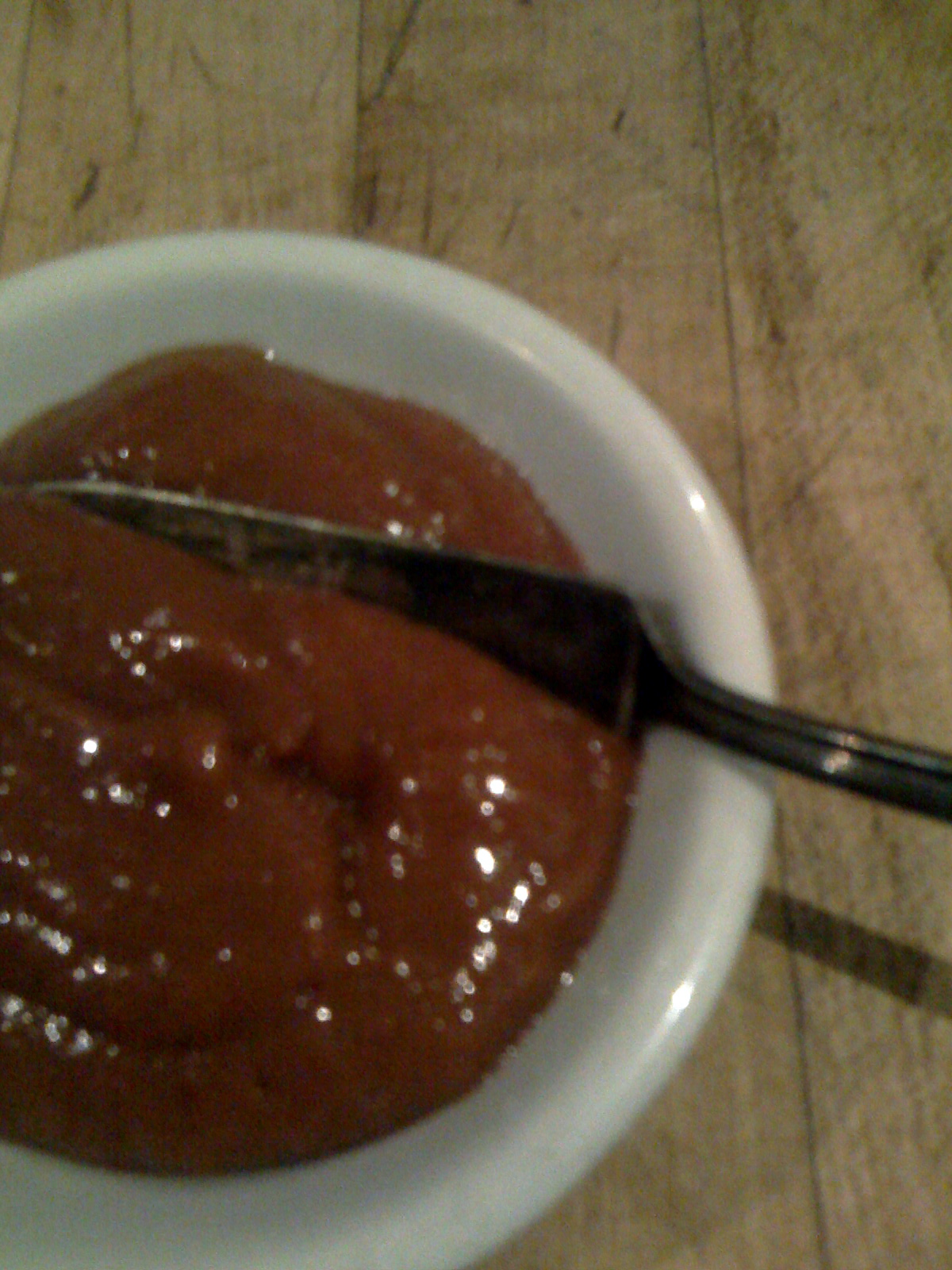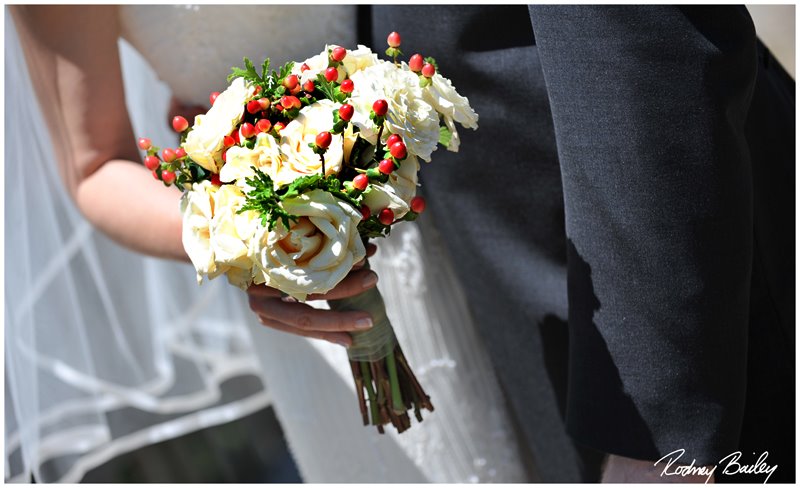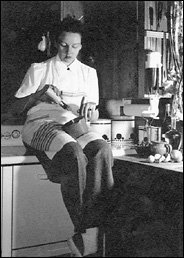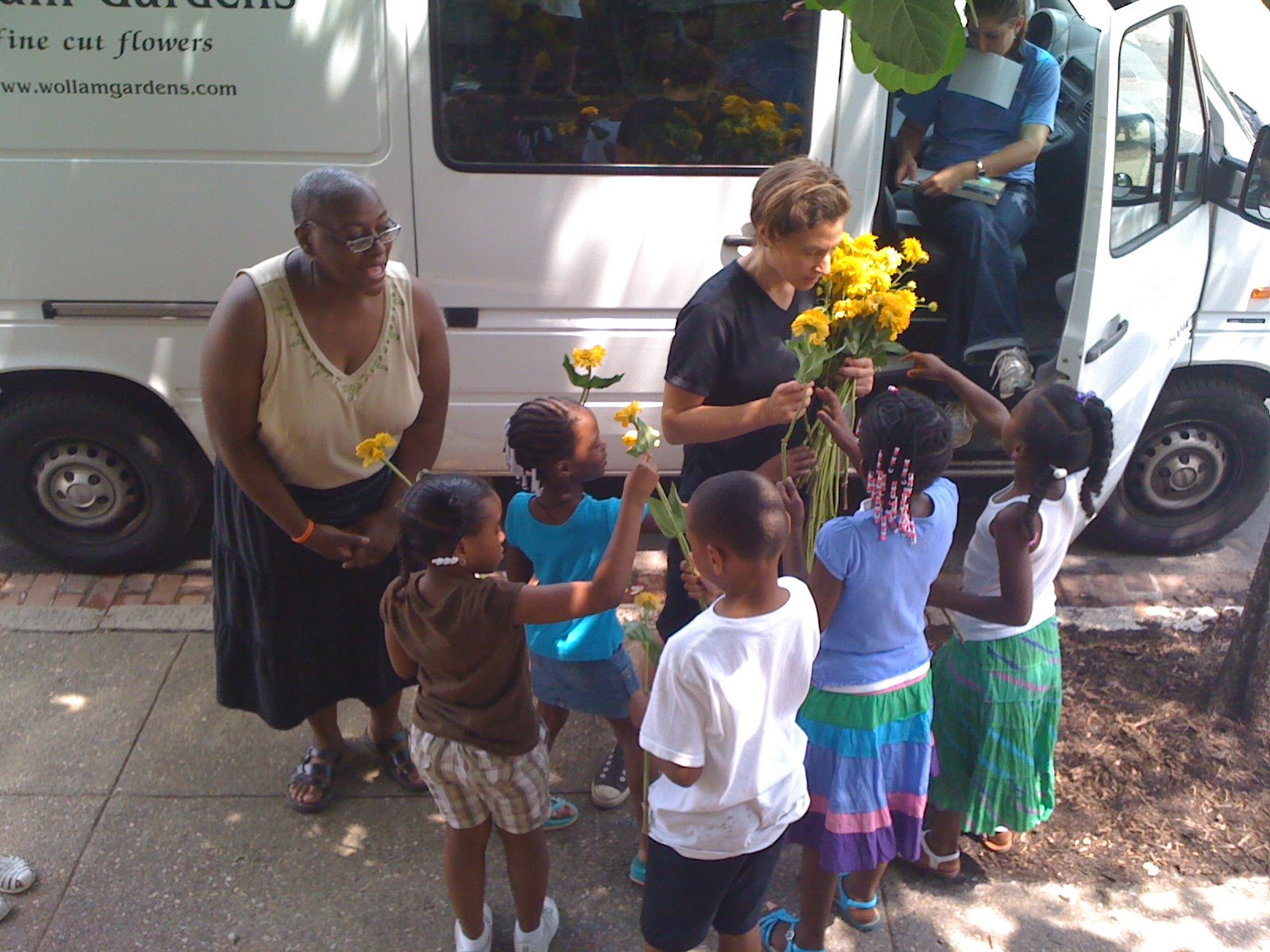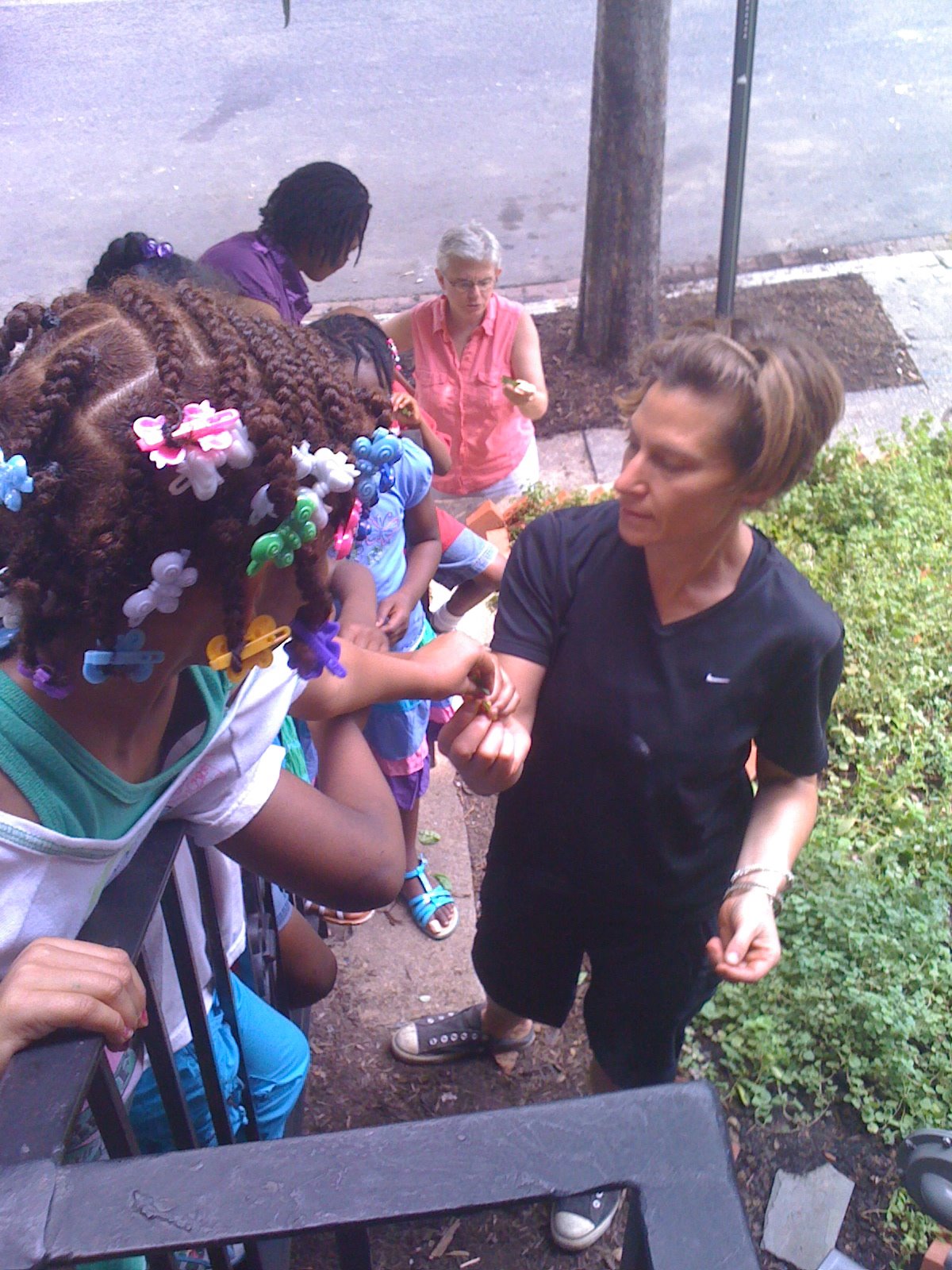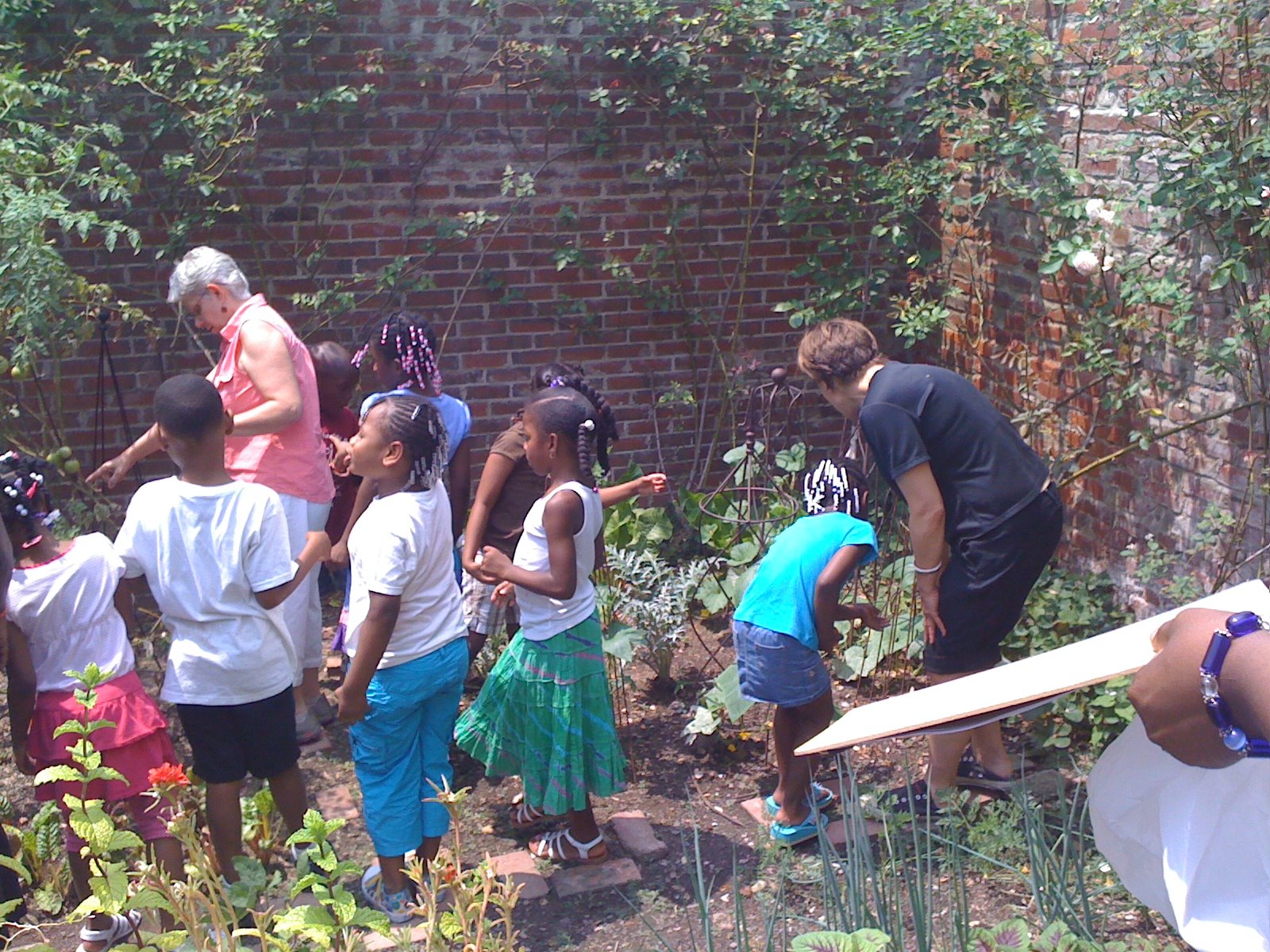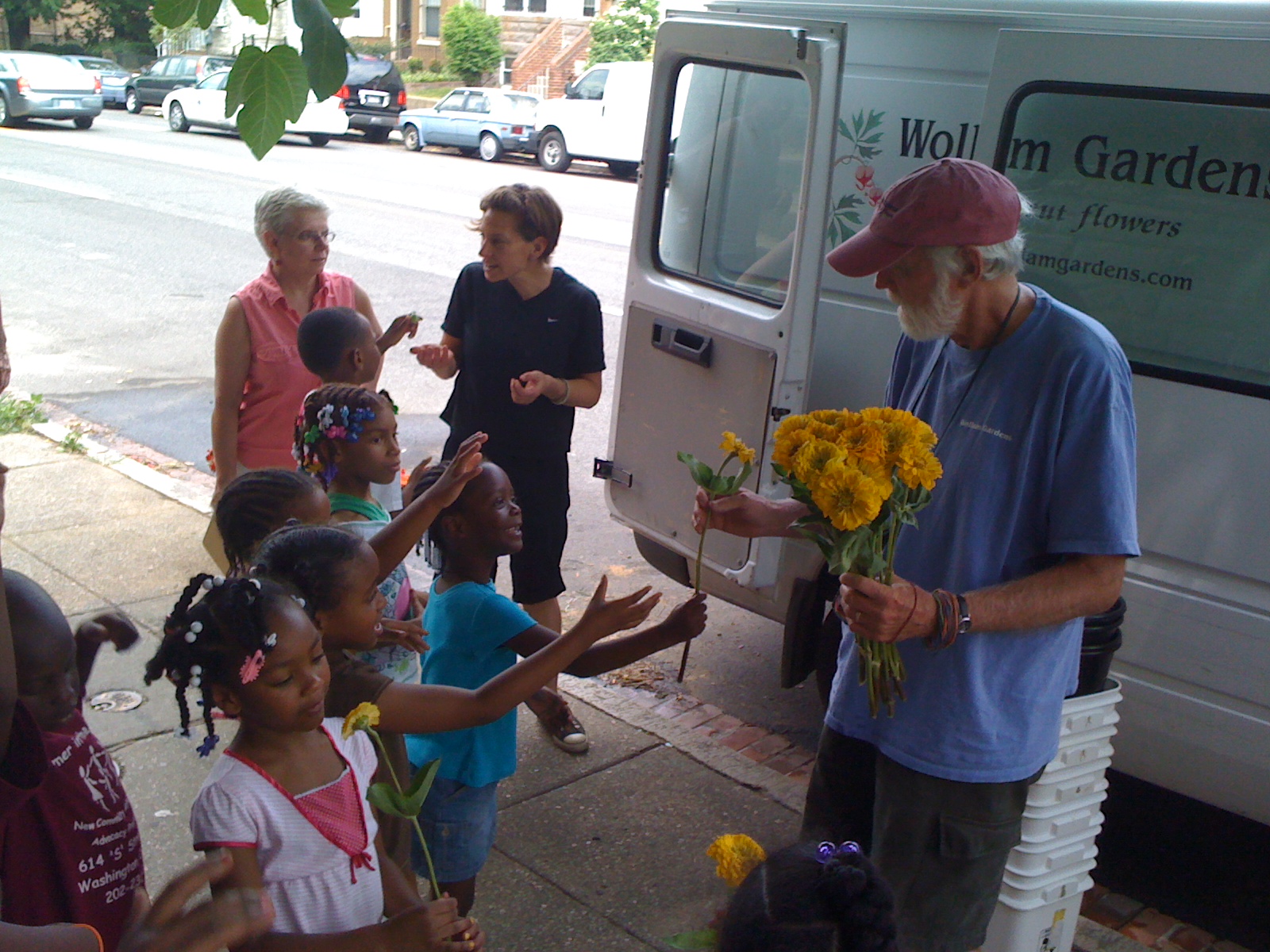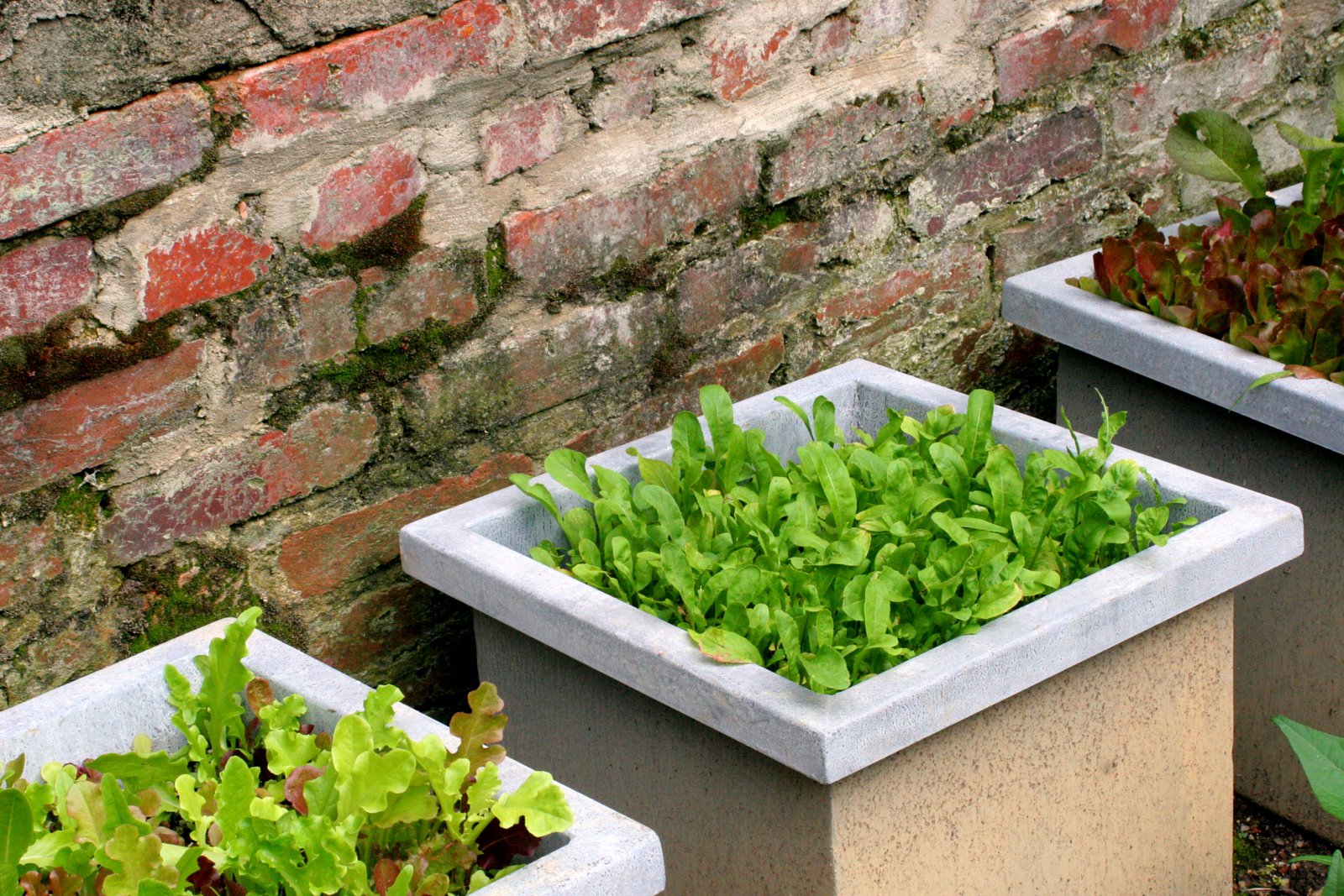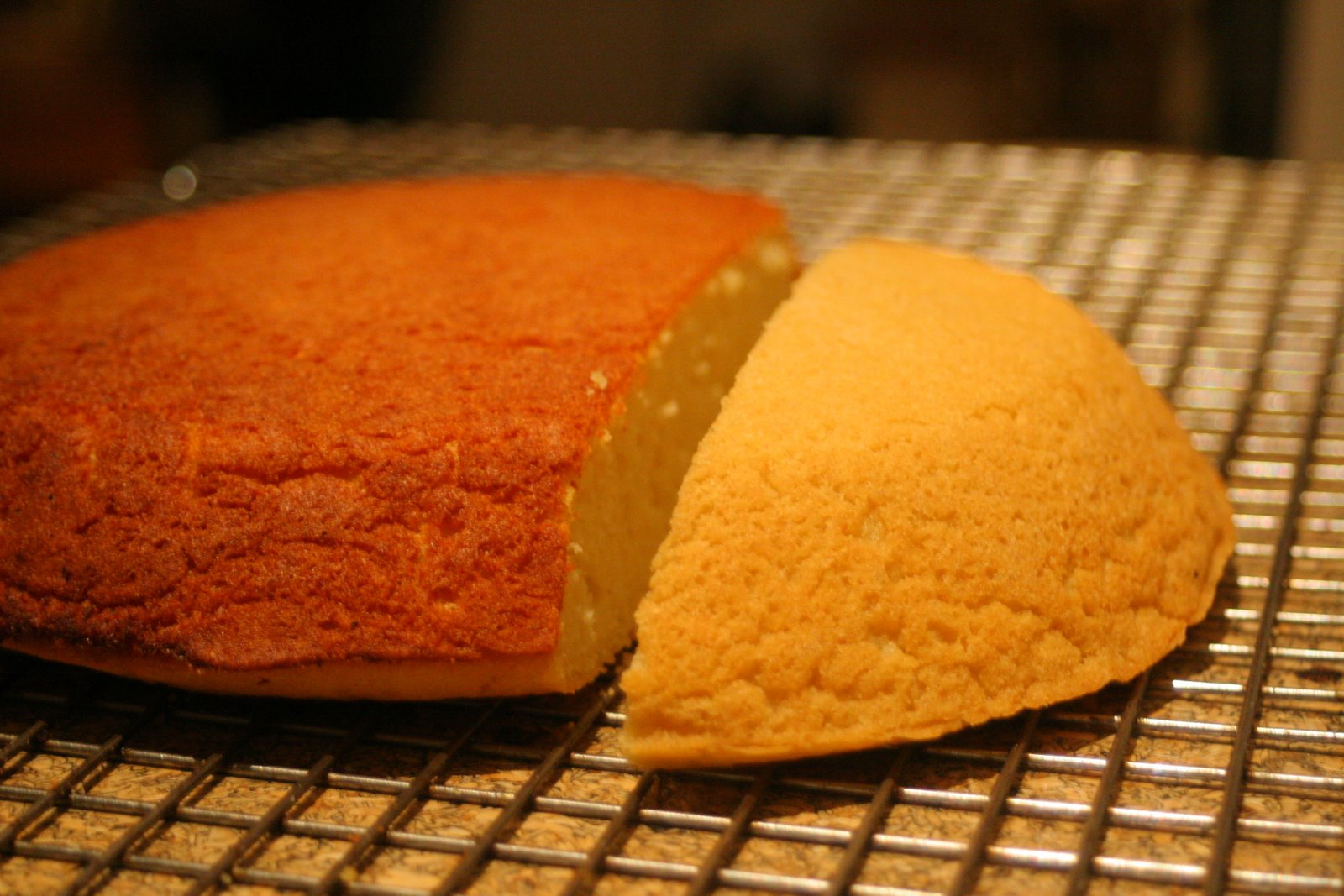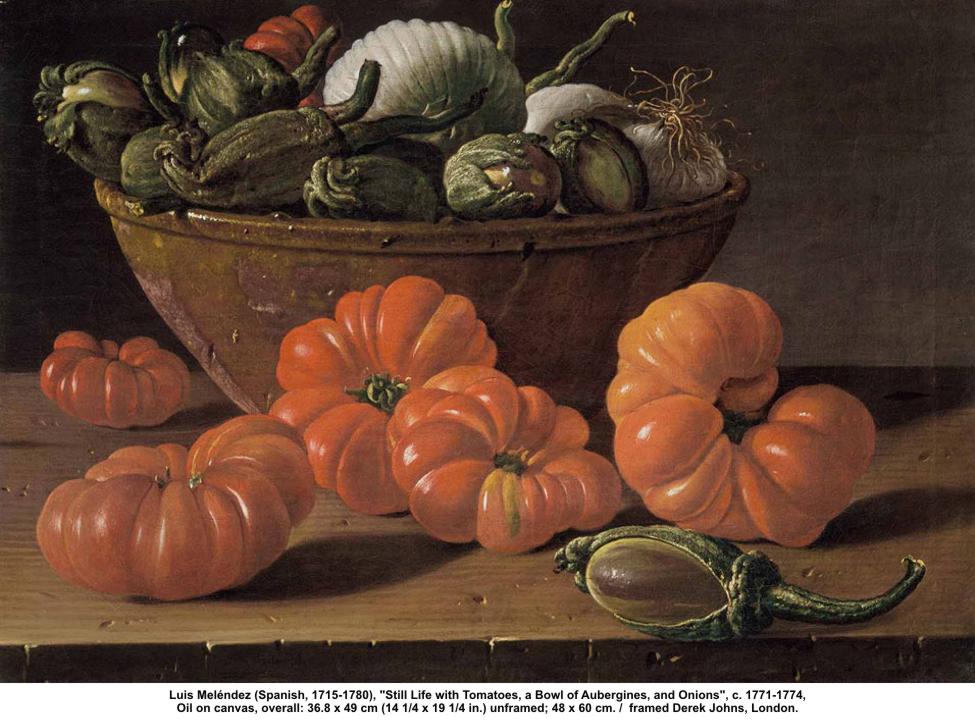 We stumbled into the Building Museum today. We were on a neighborhood hike and couldn't resist the gigantic red brick warehouse/palace–a major landmark for us close to home. We have been thinking a lot about how many past perspectives have become useful to us and the idea of how contemporary life is finding relief by slowing down and returning to some 16th, 17th and 18th century perspectives.
We stumbled into the Building Museum today. We were on a neighborhood hike and couldn't resist the gigantic red brick warehouse/palace–a major landmark for us close to home. We have been thinking a lot about how many past perspectives have become useful to us and the idea of how contemporary life is finding relief by slowing down and returning to some 16th, 17th and 18th century perspectives.
Phillip Trager's show at the Building Museum seems to be built around Action shots of Twentieth Century dancers, New York City and Paris (capitals of the Industrial Revolution) and 16th century Italian Renaissance architecture. Photos of Modern Dancers in landscapes hung next to photos of Figures embedded in mostly late 19th century architecture, highlight a disruption–the human body represented as a movement as well as a statue. This juxtaposition creates a call and response where statue replaces body and body replaces statue and ultimately forms a question of What is contemporary human's place in the world, not as master? Form and Movement is the title of the show. Trager's work on Palladian architecture (symmetrical late 16th century villas) further develops this question–for Trager refrains from a human figure in his Palladian villa work and we are left to wonder how we fit into these gorgeous villas with our awkward 20th century minds and bodies...
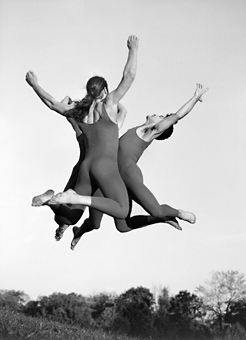 "As the Industrial revolution replaces animal and human power with water, steam and fossil fuels" is how the Green Communities exhibition begins. We are now able to live further than a walk to work and our urban planning has followed suit. Green Communities reminds us that at one time the distance a human voice could travel helped us decide how we designed our living communities. The consequence of machine reliance on our bodies, minds and environment is made evident through this exhibition. Ebenezer Howard's Garden City Movement in London is pointed to as one of many examples throughout the exhibition–almost as a reminder that the current struggle for our ecology is not a new one but one that has been exacerbated by the twentieth century...
"As the Industrial revolution replaces animal and human power with water, steam and fossil fuels" is how the Green Communities exhibition begins. We are now able to live further than a walk to work and our urban planning has followed suit. Green Communities reminds us that at one time the distance a human voice could travel helped us decide how we designed our living communities. The consequence of machine reliance on our bodies, minds and environment is made evident through this exhibition. Ebenezer Howard's Garden City Movement in London is pointed to as one of many examples throughout the exhibition–almost as a reminder that the current struggle for our ecology is not a new one but one that has been exacerbated by the twentieth century... After we left the Building Museum we had lunch in the park across from the courthouse and then headed into I. M. Pei's East Wing of the National Gallery of Art.
After we left the Building Museum we had lunch in the park across from the courthouse and then headed into I. M. Pei's East Wing of the National Gallery of Art.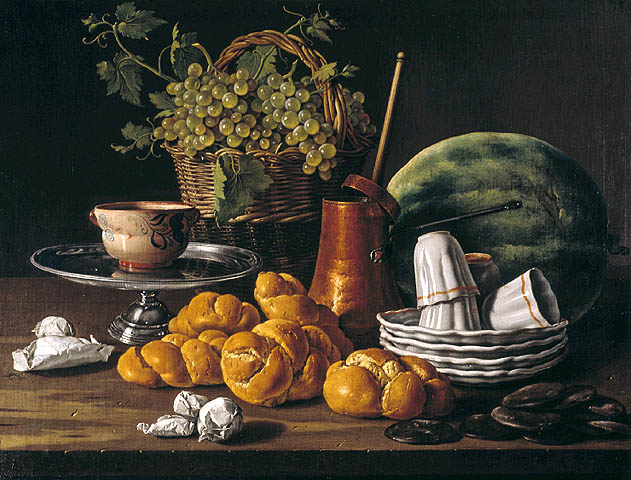 Billed as the Greatest still life painter of eighteenth century Spain, Luis Meléndez's artichokes, pomegranates, melons, the greatest paintings of bread I have ever seen, cauliflower, honey jars, oranges, aubergines, tomatoes (definitely heirloom before heirloom was) and figs are anything but still. Commissioned by the prince and princess of Asturias to do an extensive series of still lifes for the New Cabinet of Natural History. The four seasons of food produced by Spanish climate were Meléndez's subjects. There are two paintings of a chocolate service with pots and whisks next to bread and silver dollar size chocolate discs. Next to these are crumpled paper and a copper pot for what seems like melting. These paintings vibrate with action, the potential of something about to happen. The chocolate paintings are displayed near actual tools that can be seen in the paintings and further the notion of a wanting to perform... This work makes me want to create, cook, paint... but mostly grow food that resembles these paintings–nothing like I see at the Super Market...
Billed as the Greatest still life painter of eighteenth century Spain, Luis Meléndez's artichokes, pomegranates, melons, the greatest paintings of bread I have ever seen, cauliflower, honey jars, oranges, aubergines, tomatoes (definitely heirloom before heirloom was) and figs are anything but still. Commissioned by the prince and princess of Asturias to do an extensive series of still lifes for the New Cabinet of Natural History. The four seasons of food produced by Spanish climate were Meléndez's subjects. There are two paintings of a chocolate service with pots and whisks next to bread and silver dollar size chocolate discs. Next to these are crumpled paper and a copper pot for what seems like melting. These paintings vibrate with action, the potential of something about to happen. The chocolate paintings are displayed near actual tools that can be seen in the paintings and further the notion of a wanting to perform... This work makes me want to create, cook, paint... but mostly grow food that resembles these paintings–nothing like I see at the Super Market...
The paradox here is that Through technology the twenty first century has offered us the ability to hold multiple narratives in our head at the same time. This Paradox is a more open and hopeful perspective than the negation of past practices and perspectives that developed the twentieth century. We embrace Technology AND Past Practices with awareness to the ramifications of our actions both past and present...

